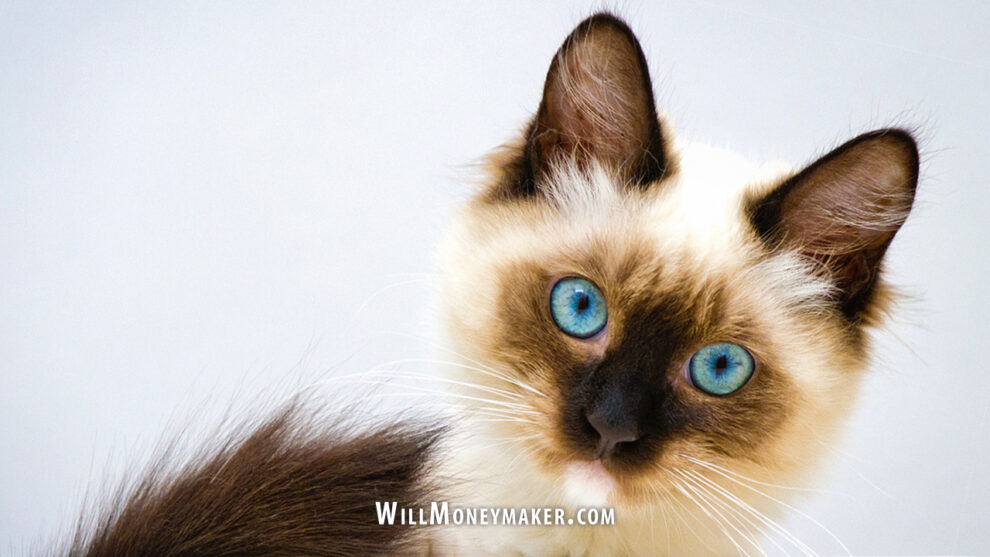In my previous post, I discussed formulas and how they can be detrimental to photography. The line of logic behind that was that photography created via a formula is in real danger of becoming bland and, well, formulaic. Here, I would like to emphasize the distinction between a formula and a strategy. It can be easy for people to mistake the difference between a formula and a strategy, as the definitions used may overlap, making them appear to be the same thing. Moreover, where a formula can lead to formulaic photographs, a strategy can help you produce better art.
So, what is a formula in photography? This is where every photograph needs to have a specific set of elements to be effective. You could look at the popular website reddit.com as an example of formulas that make photographs that work. Granted, I’m not referencing fine art photographs with my Reddit reference, but you can still see the parallels.
On Reddit, it’s something of a meme that pictures of cats will always be well-received because everyone loves cats. This is a formula. If you decide always to take photographs of cats doing silly things because these things are guaranteed to work—or so you assume—that is a formula. It’s a strict, rigid thing that doesn’t allow for much manipulation.
Where it becomes problematic is when the subject material isn’t as engaging as an adorable kitty. Most of us won’t ever tire of looking at cute animals. But what if the formula was always to take pictures of trees on cloudy days? Or to always take photos of flowers in a vase? These subjects may be interesting initially, but they’re not cute enough or personable enough to capture our attention long-term. These are examples of formulas that will ultimately fail.
All of this differs from a strategy, which is much more malleable. When you have a plan, you have a set of elements or conditions that are specifically designed to create superior photographs. For example, a strategy could be to time your photo walks to coincide with the golden hour. This way, you’re setting light conditions to be favorable for lots of different kinds of photography. Or, your strategy could be to focus on elements of nature because these are things you excel at and enjoy—but that doesn’t mean you’ve boiled it down to a formula in which you only take photographs of certain kinds of trees during the golden hour.
Hopefully, this illustrates the difference between formulas and strategies. In photography, formulas have a limited application. If your focus is to entertain with engaging subject material that never fails to capture people’s hearts—as with cute cat photos—then a formula can work. If you’re creating a series of images in which each image needs to be closely aligned, then a formula can work through the duration of that series. However, creating an entire body of work based on such a narrow scope would be boring. Formulas are rules that can bind us into progressively less creative ruts. Meanwhile, strategies are guidelines that we can set for ourselves to help us create better photographs.





